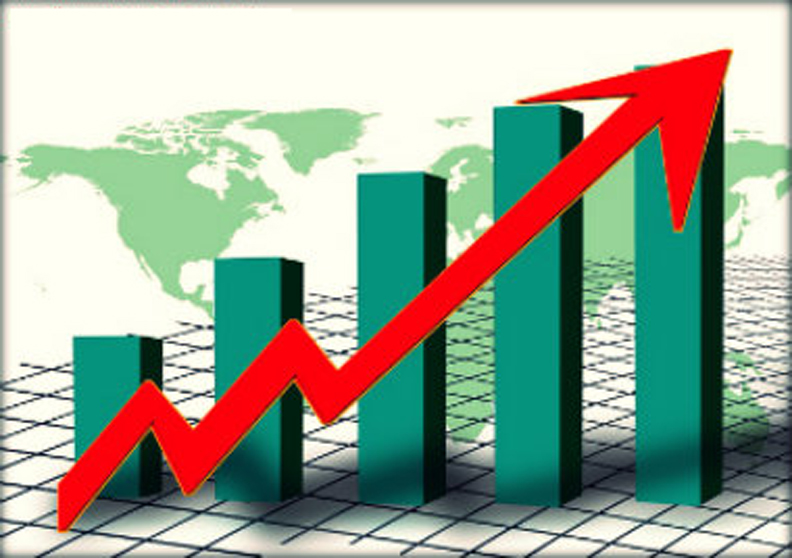By Afshin Molavi
Last week, Pakistan achieved a quiet milestone, returning to the prestigious MSCI Emerging Markets Index after losing its status in 2008. Joining 23 other countries on the index, from high-growth Asian economies to large Latin American and rising Eastern European ones, Pakistan has now returned to the “premier league” of emerging markets.Long-term, this will mean a steady flow of global capital entering Pakistan’s equities markets. It will also offer a confidence boost for foreign investors. But Pakistanis can be forgiven if they are hardly in a mood to celebrate, as widespread electricity shortages wrack the country once again. Peshawar residents face cuts of six to eight hours per day, and violent protests broke out in the northwest province of Khyber Pakhtunkhwa over the cuts, leaving at least two dead. Even the commercial metropolis of Karachi has not been spared, losing electricity in several parts of the city last week, prompting protests.Electricity shortages are bad enough under normal circumstances, but during the holy month of Ramadan when stomachs are growling, and the need for electricity to cook food ahead of the breaking of the fast becomes even more urgent it becomes a combustible mix. For Prime Minister Nawaz Sharif, the electricity shortages present a serious embarrassment for a leader who placed the issue at the center of his election campaign in 2013. Whether or not Pakistan can keep the lights on could determine his future as prime minister.
Enter China. One of the most impactful elements of the much-vaunted, multibillion-dollar China-Pakistan Economic Corridor (CPEC) will be Beijing’s investments in Pakistan energy projects. Last month, Pakistan inaugurated a Chinese-financed, coal-fired power plant in Punjab, completed after 22 months of work, while announcing the launch of a plant in electricity-starved Baluchistan province. From wind and solar to coal and hydro, China’s energy projects across Pakistan are dizzying in scope and potentially transformative to the future of the South Asian country of some 200 million people. According to the CPEC website, there are at least 18 active projects in various stages of development.
As with all projects, some will materialize and be delivered on time, others will be delayed or fall off the map, but even if China delivers on half of the proposed projects, Pakistan’s future will be, well, brighter.
Numerous studies have demonstrated the direct causal link between access to energy and economic growth. Economists need not have spent so much time constructing graphs and testing the thesis. It is common sense. Imagine an industrial revolution without regular access to energy? Pakistan has become something of a darling in the emerging-markets investment community of late. Pakistan’s Global X MSCI exchange traded index was up 18 percent over the past 12 months, though it took a sharp dive after officially entering the MSCI Index last week. It seems traders had been buying the rumor, so to speak, and sold the fact.
Over the past three years, Pakistan has issued a successful Eurobond as well as sukuk bonds, heavily oversubscribed by yield-hungry international investors betting on the Pakistan growth story. The World Bank projects a healthy 5.2 percent growth rate for 2017. Moreover, consumer companies are harvesting growth by targeting the country’s rising middle class. Former governor of the State Bank of Pakistan, Ishrat Husain, told me that companies such as Nestle and Proctor & Gamble are seeing impressive 25-percent rates of return. Some investment strategists are even touting a new post-BRICs (Brazil, Russia, India and China) acronym: VARP (Vietnam, Argentina, Romania and Pakistan).Still, all the international financial world plaudits and emerging-markets interest cannot mask the reality of electricity shortages dragging on the economy and materially impacting people’s lives. The issue is not merely one of inconvenience or a drag on growth. It is life or death, especially in the high-temperature summer months. Lack of access to refrigeration spoils food and medicines, contributes to the rise of infectious diseases and leads to deaths of the most vulnerable. China’s $60 billion-plus planned investments in Pakistan have sparked headlines globally and hand-wringing questions in world capitals about Beijing’s “real intentions.” For Pakistan’s future not to mention Sharif’s future, with an election upcoming in 2018 keeping the lights on will determine whether the country can meet its rising and substantial potential as a major Asian economy. It will also save lives.
‘Courtesy Arab News’.


